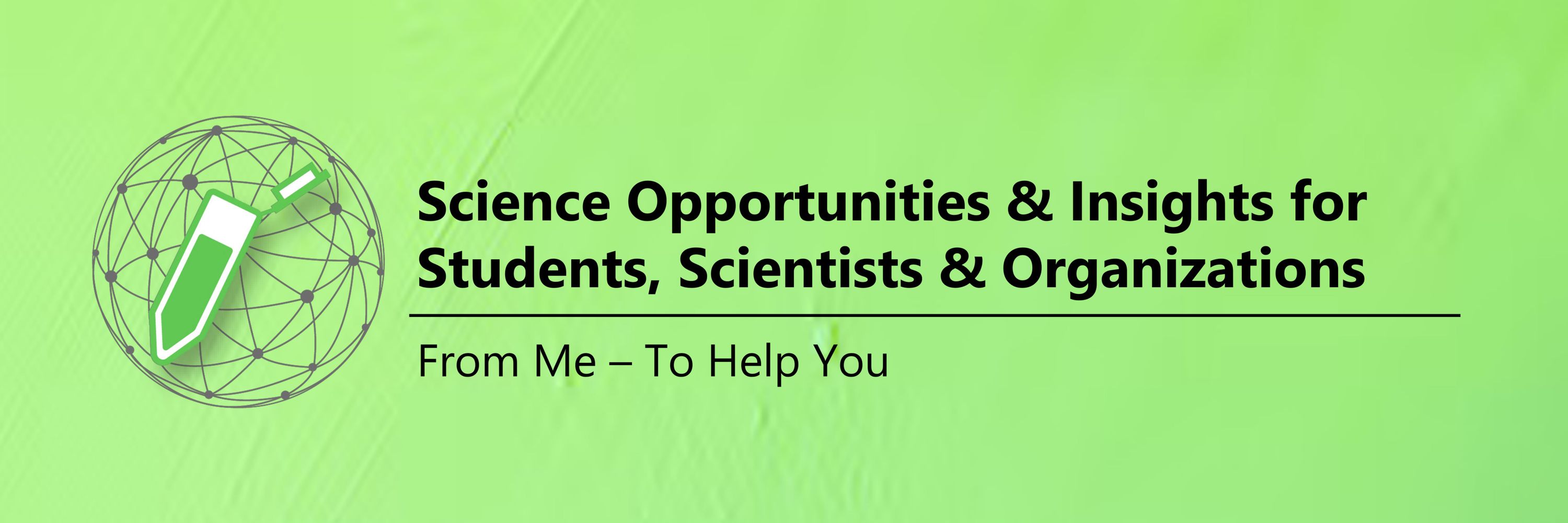Patrick Penndorf
@patricks-science.bsky.social
11 followers
12 following
160 posts
I am a scientist, communicator, and strategist dedicated to making complex knowledge accessible, actionable, and impactful.
Posts
Media
Videos
Starter Packs










